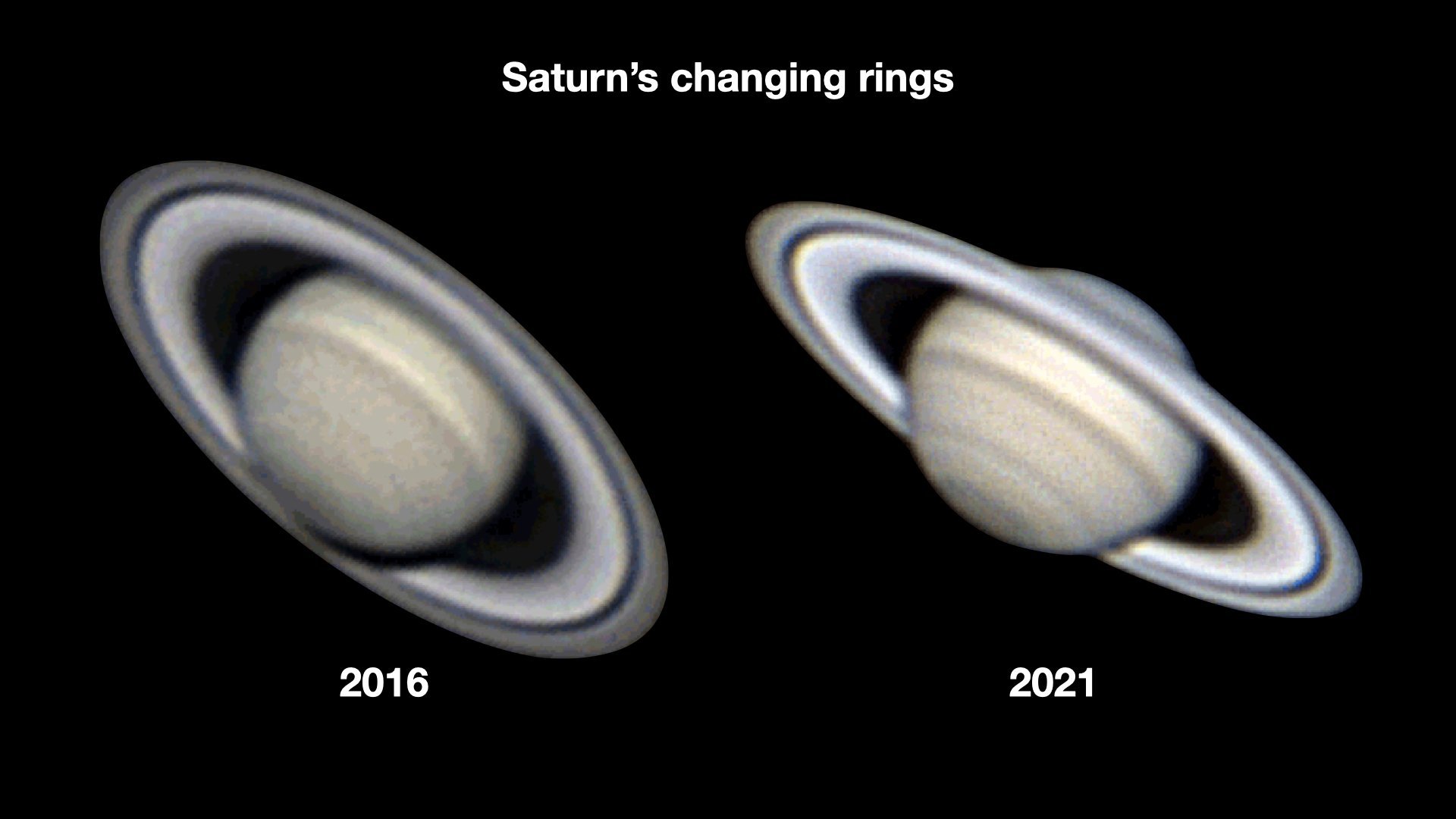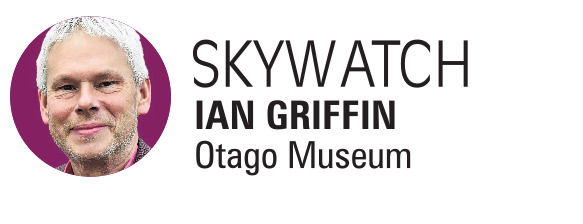
This week, if you have a telescope, I would encourage you to use it to take a look at Saturn. The sixth planet from the sun is presently moving through the outskirts of the constellation Capricorn. It rises in the East just after 7.30pm and is highest in the northern sky just before 3am.

It is impossible to forget your first telescopic view of Saturn. I certainly remember mine.
It took place on Christmas day 1972. I was almost 7 years old. As darkness fell, I set up my new prized Christmas present in my suburban back garden. Having figured out where Saturn was in the sky, I pointed the telescope using its rickety mount at the "star" I thought was the planet. Despite the unstable mount and the relatively poor quality of the telescope’s plastic lens, I was transfixed by what I saw.
To this day, the heart of this cynical aged stargeezer still misses a beat whenever I gaze at what I believe is the most beautiful planet in the solar system.
Saturn’s rotation axis is tilted at an angle of almost 27deg to its orbit. This means that the view we get changes with time. The accompanying picture shows how the changing positions of Earth and Saturn seem to make the ring system "close up" over the past six years. This closing will continue for the next two years, at which point the rings will be viewed edge-on from Earth, making them difficult to see.
Any chance to observe Saturn is good for the soul. However, there is another good reason to point your telescope at the planet tomorrow night. As Saturn rises you will see the shadow of Iapetus, one of the planet’s moons, falling on the planet. If the sky is clear and steady, look out for a tiny black spot moving slowly across the planet’s disk.












